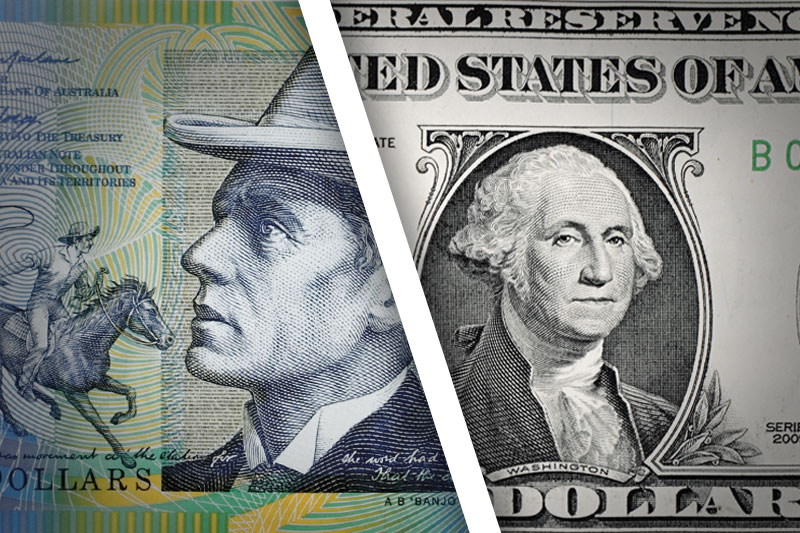Investing.com - The Australian dollar traded higher against its U.S. rival during Monday’s Asian session, extending gains notched by the Aussie last week.
In Asian trading Monday, AUD/USD rose 0.36% to 0.9214. The pair is likely to find support at 0.9088, the low from July 16 and resistance at 0.9291, the high from July 17. The pair rose 0.11% last Friday to close with a weekly gain of 1.37%.
The Aussie was also supported after China’s central bank said on Friday that it was removing the lower limit on interest rates for banks, in an effort to help lenders attract more borrowers and spur economic activity.
Still, China, the world’s second-largest economy, is seeing slowing economic growth and that could factor in the equation for long-term bullishness for the Aussie because China is Australia’s largest trading partner.
Last week, the minutes of the Reserve Bank of Australia's latest policy meeting released on Wednesday showed that policymakers believe the current stance of the bank's policy to be appropriate.
The RBA also said the inflation outlook was “slightly higher” due to the Aussie’s recent drop. Australia publishes consumer price inflation data on Wednesday.
Elsewhere, data from the U.S. Commodities Futures Trading Commission showed long interest in the Aussie fell slightly last week, but short interest in the currency increased by 5,700 contracts.
Meanwhile, AUD/JPY fell 0.27% to 92.11 despite news that Japanese Prime Minister Shinzo Abe’s Liberal Democratic Party scored, as expected an easy victory in the weekend’s elections that decided control of Japan’s upper house of parliament.
AUD/NZD rose 0.25% to 1.1607 while EUR/AUD dropped 0.24% to 1.4282.
In Asian trading Monday, AUD/USD rose 0.36% to 0.9214. The pair is likely to find support at 0.9088, the low from July 16 and resistance at 0.9291, the high from July 17. The pair rose 0.11% last Friday to close with a weekly gain of 1.37%.
The Aussie was also supported after China’s central bank said on Friday that it was removing the lower limit on interest rates for banks, in an effort to help lenders attract more borrowers and spur economic activity.
Still, China, the world’s second-largest economy, is seeing slowing economic growth and that could factor in the equation for long-term bullishness for the Aussie because China is Australia’s largest trading partner.
Last week, the minutes of the Reserve Bank of Australia's latest policy meeting released on Wednesday showed that policymakers believe the current stance of the bank's policy to be appropriate.
The RBA also said the inflation outlook was “slightly higher” due to the Aussie’s recent drop. Australia publishes consumer price inflation data on Wednesday.
Elsewhere, data from the U.S. Commodities Futures Trading Commission showed long interest in the Aussie fell slightly last week, but short interest in the currency increased by 5,700 contracts.
Meanwhile, AUD/JPY fell 0.27% to 92.11 despite news that Japanese Prime Minister Shinzo Abe’s Liberal Democratic Party scored, as expected an easy victory in the weekend’s elections that decided control of Japan’s upper house of parliament.
AUD/NZD rose 0.25% to 1.1607 while EUR/AUD dropped 0.24% to 1.4282.
